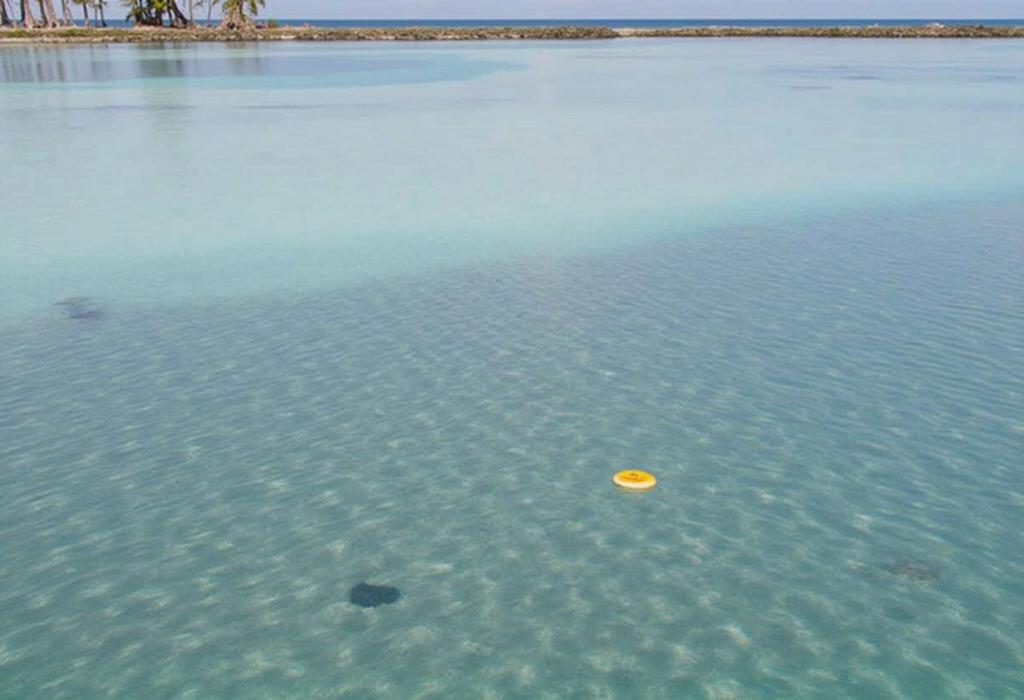For centuries, sailors have spun tales of vast, glowing stretches of ocean known as milky seas, which illuminate the water with a ghostly hue. A recent study from Colorado State University has compiled the most comprehensive global record of milky seas, shedding light on their occurrence and possible causes. This study, detailed in the journal Earth and Space Science, has tracked historical accounts, ship logs, and modern satellite data to develop a clearer understanding of this elusive phenomenon.
Milky seas are a rare form of bioluminescence primarily attributed to colonies of the marine bacteria Vibrio harveyi, which emit a consistent glow and can illuminate areas exceeding 100,000 square kilometers, lasting days to months. The researchers documented fewer than 400 reliable sightings over four centuries, revealing a deliberate effort to understand these mysterious phenomena. Past sailors described the experience as being surrounded by a "boundless plain of snow,” which connects deeply with the human imagination, making these encounters almost mythical.
The study highlights distinct geographical hotspots for milky seas, notably in the Northwest Indian Ocean and Southeast Asia, coinciding with monsoon patterns that create nutrient-rich waters conducive to the bacteria's growth. The researchers established correlations between milky sea occurrences and significant climatic events, such as La Niña and the Indian Ocean Dipole. While this valuable data streamlines our comprehension of these bioluminescent displays, it underscores a rich tapestry of folklore intertwined with scientific inquiry.
The ability to study milky seas through modern satellite technology offers a glimpse into the deep connections between ocean health and climate change. By decoding these events, scientists can potentially better understand the roles of microbial life in global carbon cycles and ocean ecosystems. The interaction between vibrantly glowing phenomena and the evolving state of our oceans raises critical questions about environmental health and how climate change could alter these natural occurrences in the future.
This research indicates that while myths and facts often collide, they also complement each other beautifully, enhancing our understanding of both the natural world and our history with it.
As an analysis of this article reveals, the study not only provides significant scientific insight but also serves as a reminder of our reliance on historical narratives, inviting us to pay heed to the tales told by seafarers over the centuries. While cautions about selective bias in historical accounts exist, the pursuit of knowledge remains limitless, potentially anchoring us to both our environmental stewardship and appreciation of the mysteries of the world around us.
AD
AD
AD
AD
Bias Analysis
Bias Score:
20/100
Neutral
Biased
This news has been analyzed from 20 different sources.
Bias Assessment: The article maintains a scientific tone and focuses on research findings without overtly sensational language. However, the emphasis on the historical romanticism of sailors' tales and the study’s connections to climate phenomena introduces a slight bias towards viewing milky seas as both a natural wonder and an environmental indicator. This enthusiasm is balanced by efforts to clarify the scientific endeavor, making it informative without significant bias.
Key Questions About This Article




